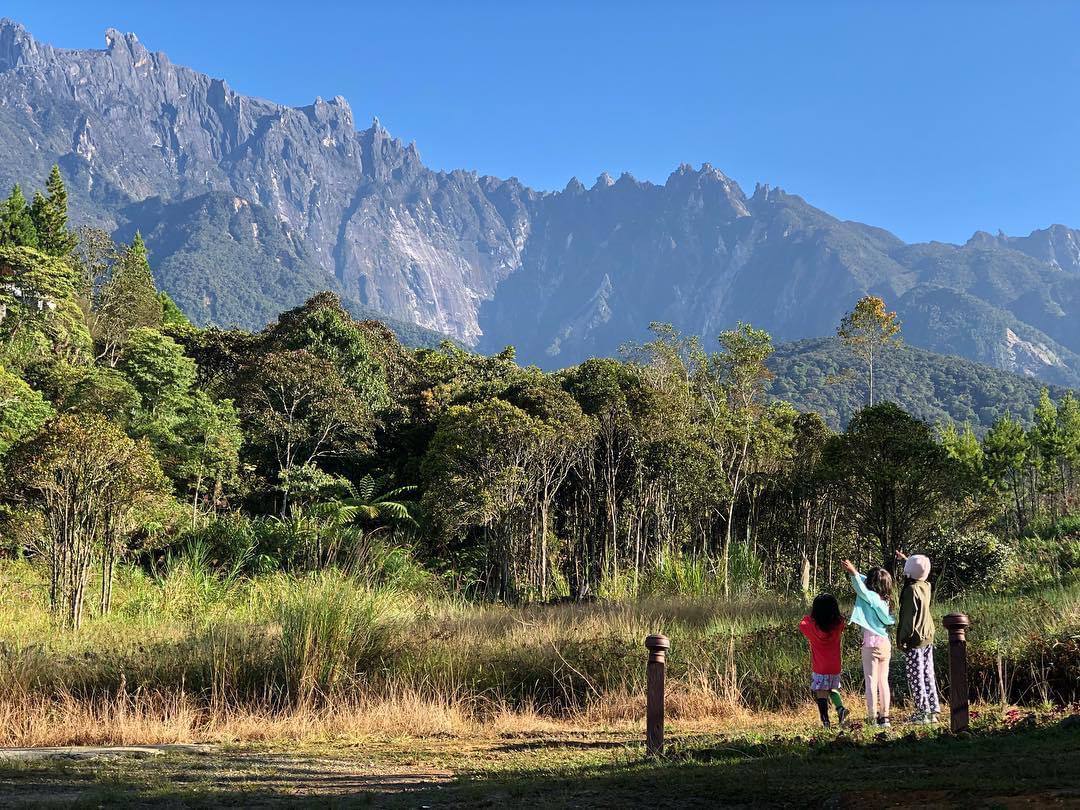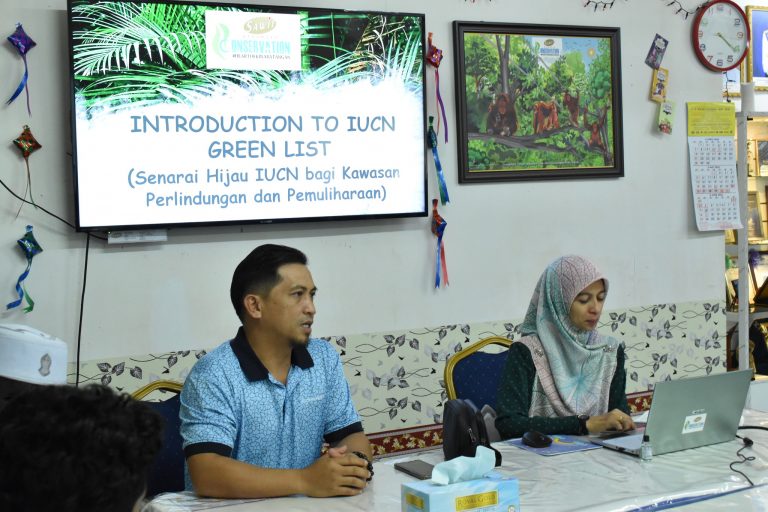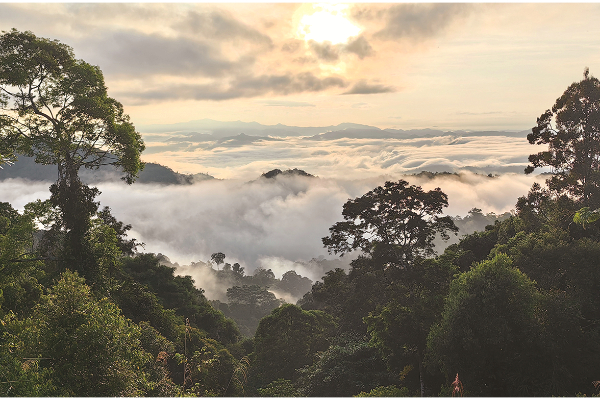Borneo distinguishes out from other places in terms of spectacular wildlife. Shared by Malaysia, Brunei, and Indonesia, Borneo is the third-biggest island in the world and the largest island in Asia. One of the world’s oldest rainforests, at an astounding 140 million years old, can be found in Sabah.
Six national parks are currently under the state’s protection. These parks, which are home to a variety of plants and animals, include three terrestrial (Mt. Kinabalu, Crocker Range, and Tawau Hills) and three maritime (Turtle Island, Tunku Abdul Rahman, and Pulau Tiga) parks.
The Tunku Abdul Rahman Park Islands

The five islands that make up Tunku Abdul Rahman Park, which is only 3 km from Kota Kinabalu, are Gaya, Mamutik, Manukan, Sapi, and Sulug. This amazing marine park, which spans 50 square kilometres, is named after Tunku Abdul Rahman, the first prime minister of Malaysia. There are hiking routes on Gaya and Manukan, two of the forested and steep islands.
The islands were formerly a part of the Crocker Range, but they were divided when the sea level increased following the last Ice Age. Beautiful white sand beaches, cliffs, caverns, and the magnificent rocky shoreline of the islands are all that are left.
Sepilok – Home of the Orangutans
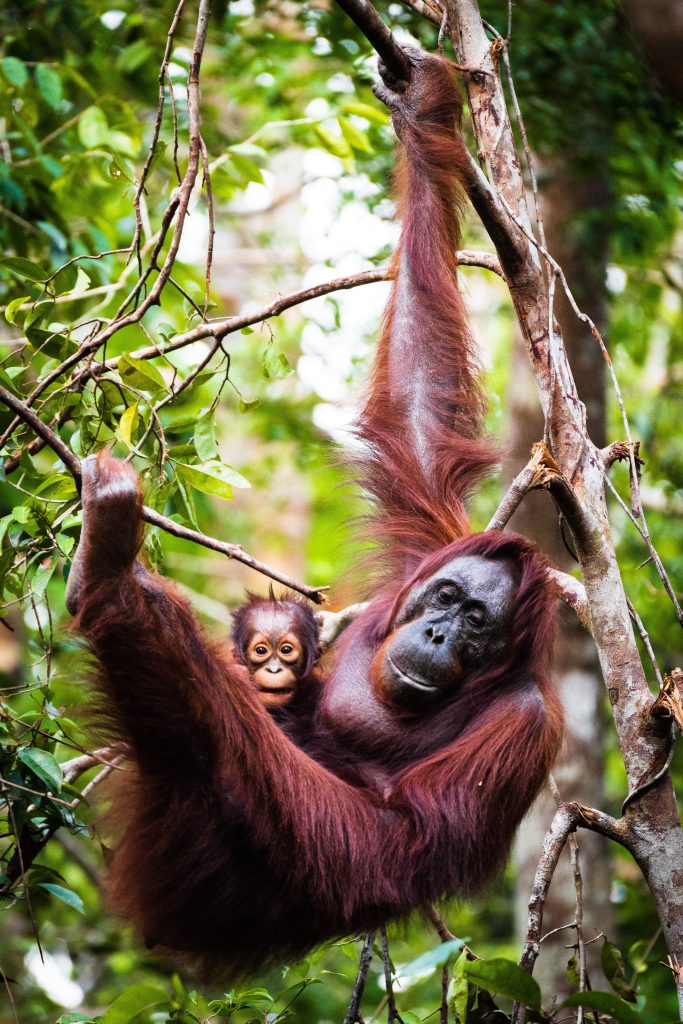
From the sea to the heart of the jungle. Sepilok, which was founded in 1964 with assistance from the Sabah government, is a renowned sanctuary where they care for injured, homeless, and orphaned orangutans. The orangutans will be returned to the 4294-hectare forest of the Kabili-Sepilok Forest in the final step of the rehabilitation procedure, which involves several stages. Along with the orangutans, you’ll have the chance to witness over 200 other species of birds and flora, as well as some unusual, nocturnal critters that can only be seen at the centre’s night walks.
Kinabatangan River
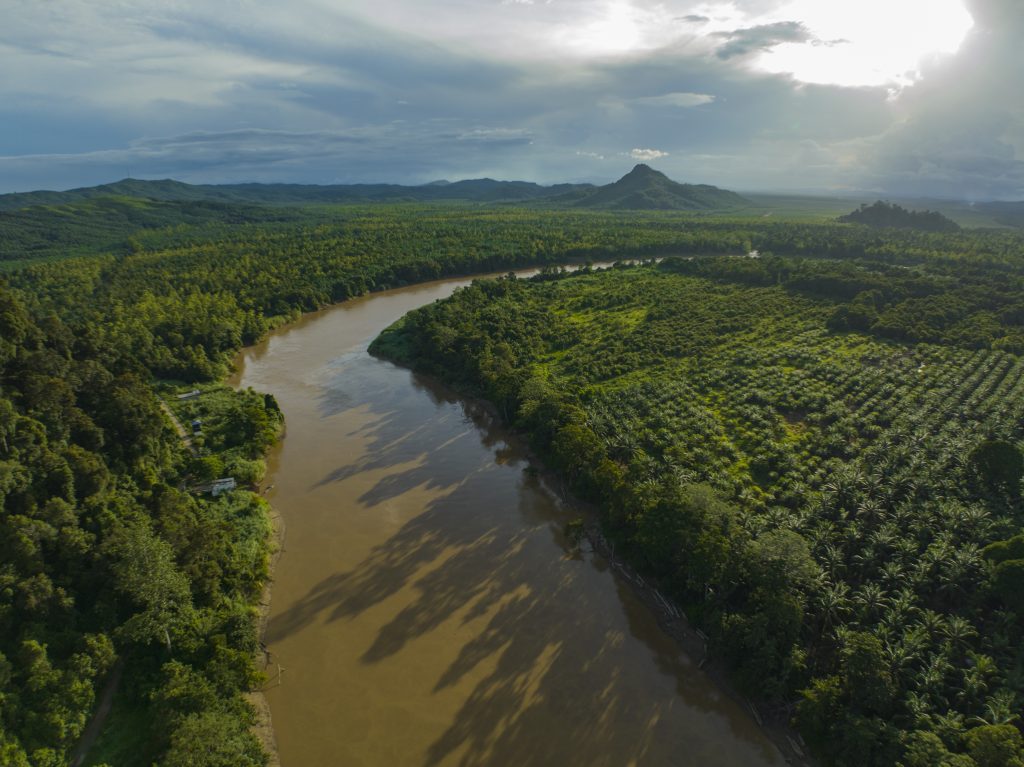
The Kinabatangan is the second-longest river in Malaysia and the longest in Sabah with a length of 560 km. Its easy access to animals, particularly on the lower Kinabatangan, is more spectacular though. Taking an open boat ride or exploring the woodland paths are the two most frequent ways to encounter animals in their natural habitat. Remember that the latter option necessitates a trained guide.
Amazing proboscis monkeys, orangutans, river sharks, Bornean Pygmy Elephants, red leaf monkeys, crocodiles, macaques, and other animals call the brownish-yellow muddy river and its bank home. Kinabatangan is a wonderful location for bird watching because of its oxbow lakes, which provide opportunities to see hornbills, eagles, kingfishers, broadbills, and other birds.
Kinabalu Park
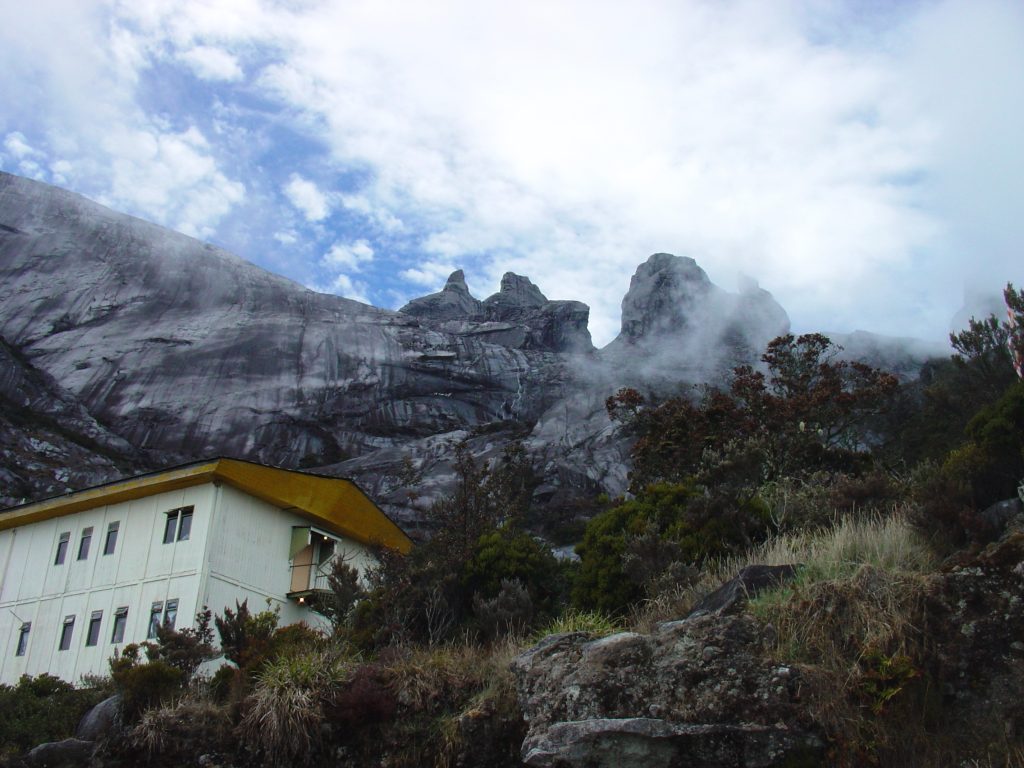
More than 4,500 distinct species may be found living in Kinabalu Park, which is not only the first UNESCO World Heritage site in Malaysia but also one of Asia’s top destinations for great biodiversity of fauna and flora.
You can hike for 3–4 hours to Layang Layang (2702m) or ascend to the peak of Kinabalu Mountain (4095m) in the park, which is a popular destination for hikers and tourists of all fitness levels.
Hugh Low, a British naturalist who was the first person to scale the peak in 1895, is honoured by having his name attached to the park’s spectacular centrepiece, Low’s Peak. Depending on your stamina and resources, you can complete the climb in 1-3 days.
A natural delight, Kinabalu Park is home to several exotic trees and lovely floral plants. Numerous varieties of rhododendrons, 1200 species of orchids, chestnut trees, fig trees, mosses, ferns, and the largest Rajah Brooke pitcher plant in the world are all readily visible.
As you travel through four distinct climate zones, the variety dramatically varies. Lowland dipterocarp forest and montane oak give way to coniferous forests, alpine meadow vegetation, and tiny bushes towards the peak.


